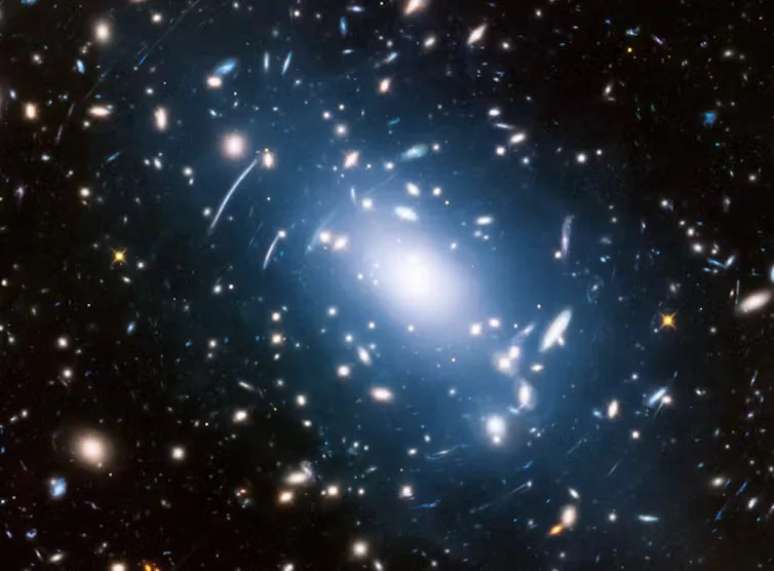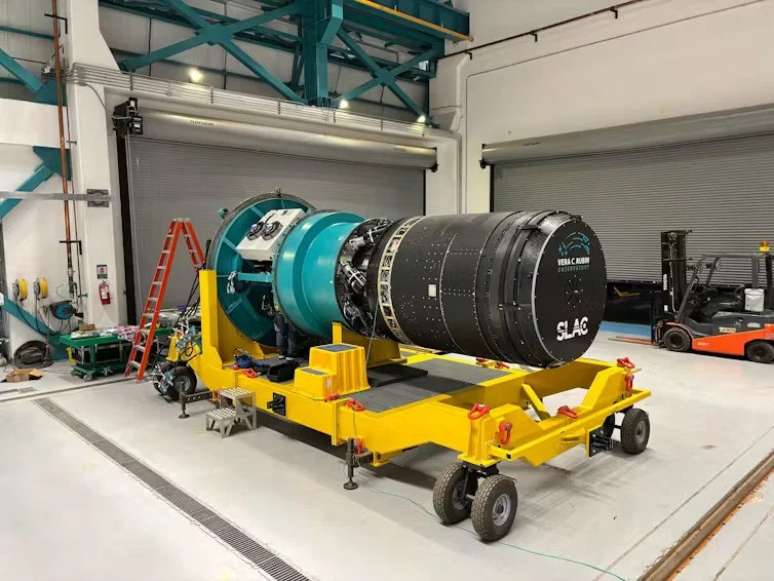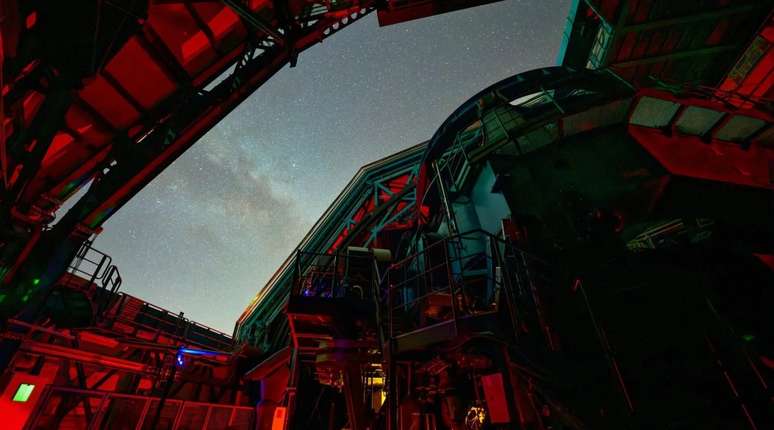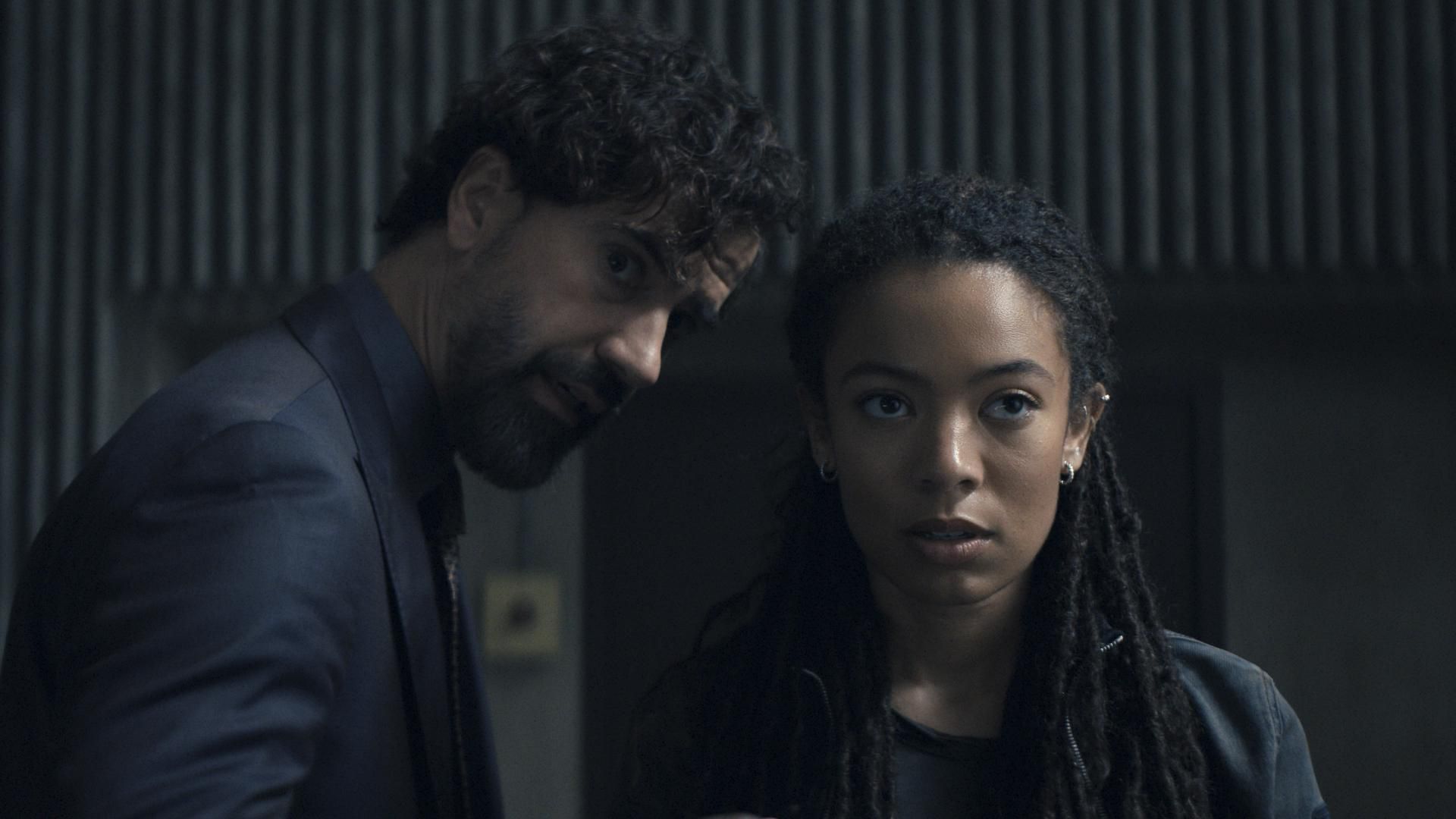Will be hundreds of images of the sky of the southern hemisphere, for 10 years […]
From June 23, the world has access to the first images of one of the most powerful telescopes ever built: the Observatory of Vera C. Rubin.
Located at the top of the Chilean Andes, the Observatory will make hundreds of sky of the southern hemisphere every night for 10 years. With this, he will create the most complete recording in time (Time-laps) From our universe already done. This scientific effort is known as the Legacy survey of space and time (LSST).
Instead of focusing on small parts of the sky, the Rubin Observatory will scan the entire visible sky of the South every few nights. Scientists will use these consecutive depths of the deep sky to trace the supernovae (explosion stars), asteroids, black holes and galaxies while evolving and changing in real time. This is astronomy not as a static portrait, but as a cosmic story that takes place night after night.
At the center of the observatory there is an extraordinary piece of engineering: a digital camera of the size of a small car and weighs more than three tons. With impressive 3.2 billion pixels, each image captured has enough details that would allow a golf ball 25 km away.
Each image of Vera C. Rubin is so detailed that there would be hundreds of high definition TV screens to view them completely. To capture the color universe, the camera uses enormous filters – each of the approximate dimensions of a garbage can lid – which allows the passage of different types of light, from the ultraviolet to close to infrared.
The Observatory was proposed for the first time in 2001 and the construction on the top of Cerro Pachón, northern Chile, began in April 2015. The first observations with a low resolution test camera took place in October 2024, preparing to capture the first images using the main camera, to be revealed now in June 2025.

Vera C. Rubin’s Observatory is designed to face some of the greatest astronomy issues. For example, when they measure the way in which the galaxies group and move, it will help scientists investigate the nature of the dark energy, the mysterious force that guides the accelerated expansion of the universe.
Its main objective, however, is to map the large -scale structure of the universe and investigate the dark matter, the type of invisible matter that produces 27% of the cosmos. Dark matter acts as a “scaffolding” of the universe, a web similar structure that provides a “frame” for the formation of galaxies.
The name of the Observatory is a tribute to the American astronomer Dr. Vera Rubin, whose pioneer work revealed the first solid proof of the dark matter, exactly the phenomenon that this telescope will explore in unprecedented details.
As a woman in a men’s field, Rubin has overcome several obstacles and has continued to be an tireless defender of equality in science. He died in 2016 at the age of 88 and his name in this observatory is a tribute not only to his science, but to his perseverance and his inheritance of inclusion.
Close, in our cosmic neighborhood, the Rubin Observatory will help to find and track millions of asteroids and other objects that approach the earth, helping to notify astronomers of possible impacts. The Observatory will also monitor the stars that change the brightness, which can reveal planets that will smell them.
The Observatory can also capture rare and fleeting cosmic events, such as the collision of very dense objects called neutron stars, which release sudden light explosions and spilling ripples known as gravitational waves.
What makes this observatory observant is not only what we hope will find, but what we have not even imagined. Many astronomical discoveries came from chance: Strange flashing in the night sky and intriguing movements of objects. Rubin’s continuous and massive flow of data could reveal classes of totally new objects or unknown physical processes.

But the capture of this “film of the universe” depends on something that we often consider guaranteed: Dark Heavens. One of the growing challenges faced by astronomers is light pollution, now added to the satellite megacongnsasters – groups of many satellites that work together.
These satellites reflect sunlight and can leave bright stripes on the images of the telescope, which can interfere with the discoveries that Rubin has been designed to do. Although the software can detect and remove some of these tracks, this increases the complexity and cost of astronomical observation operations and can degrade the data.
Fortunately, the solutions have already been explored. The Rubin Observatory team is developing simulation tools to predict and reduce satellite interference. They are also working with satellite operators to reduce or reposition the spacecraft. These efforts are essential, not only for Rubin, but for the future of spatial science in a wider way.
Rubin is a collaboration between the Us National Science Foundation (NSF) and the Energy Department, with global partners that contribute to the processing of data and scientific analysis, including the Brazilian Inter -institutional laboratory of E -Astronomy (line). It is important to note that most of the data will be publicly available, offering researchers, students and citizens all over the world the opportunity to make their own discoveries.
The event “First lok“, Which will reveal the first images of the Rubin Observatory, will be broadcast live in English and Spanish and the celebrations are expected all over the world.
For astronomers, this is a unique moment in a generation: a project that will transform our vision of the universe, will arouse the imagination of the public and generate new scientific perceptions in the next decades.
* Article republished in The conversation Under a Creative Commons license.
Source: Terra
Ben Stock is a lifestyle journalist and author at Gossipify. He writes about topics such as health, wellness, travel, food and home decor. He provides practical advice and inspiration to improve well-being, keeps readers up to date with latest lifestyle news and trends, known for his engaging writing style, in-depth analysis and unique perspectives.









